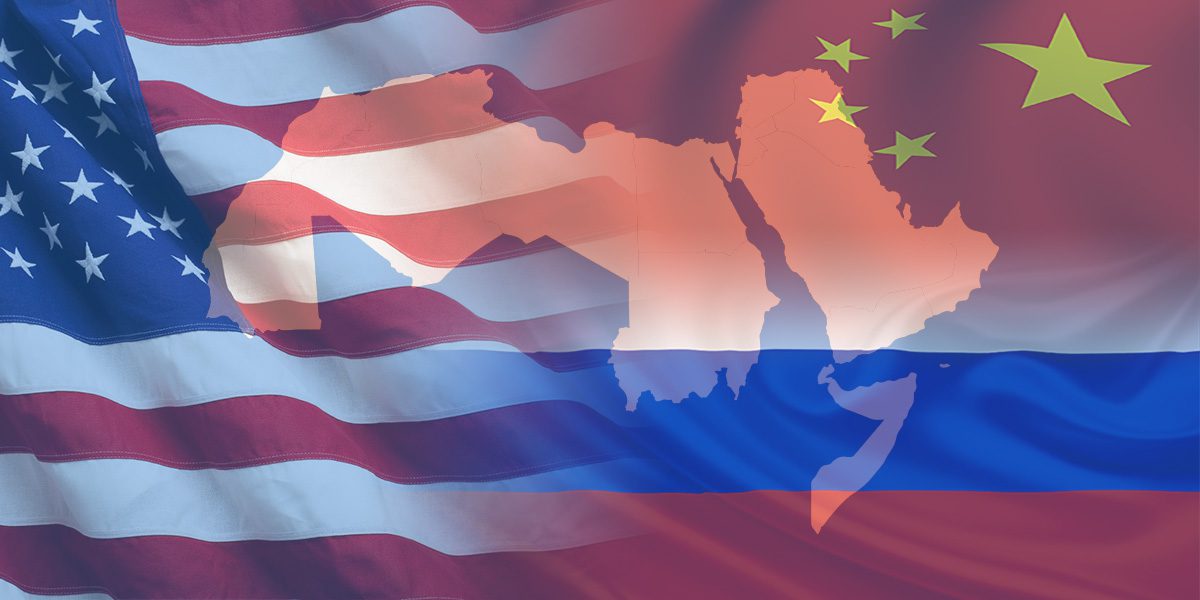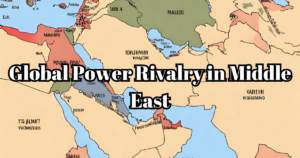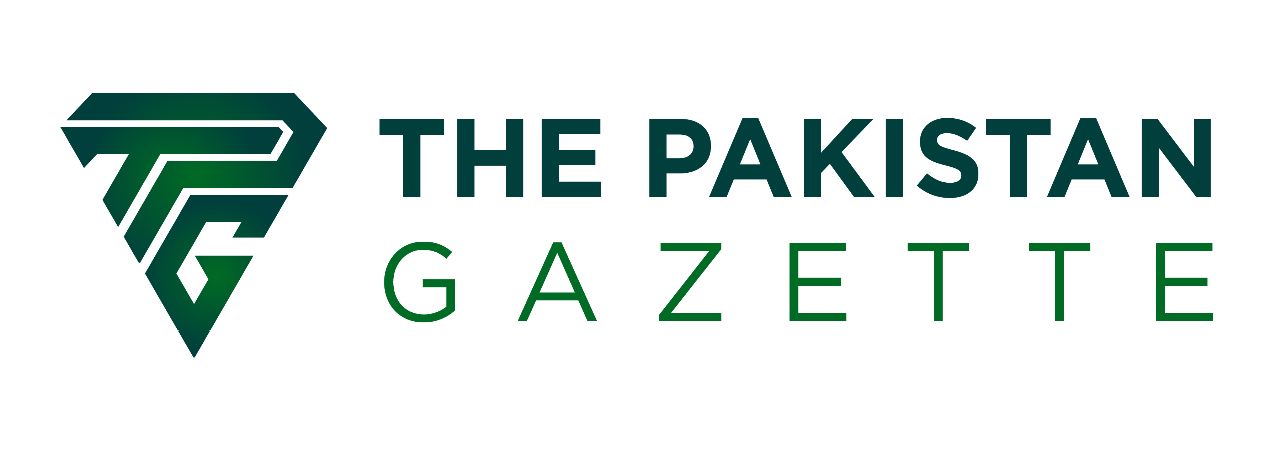
Global Power Rivalry in the Middle East
The Middle East has long been a crucible for global power rivalry, marked by complex dynamics involving great powers, regional actors, and a plethora of conflicts. In recent years, several key developments have intensified this rivalry, shaping the region’s geopolitical landscape.
China’s Expanding Influence
China has steadily expanded its influence in the Middle East, notably through its Belt and Road Initiative (BRI). Its investments in the region have grown significantly, including infrastructure projects, energy deals, and trade partnerships. For example, China has invested in Lebanon’s Port of Tripoli, positioning itself for future involvement in Syria’s reconstruction, underlining its growing influence.
Russia’s Strategic Moves
Russia, under Vladimir Putin’s leadership, has employed military intervention and diplomacy to become a power player in the Middle East. Russia’s military intervention in Syria has not only bolstered the Assad regime but also solidified Moscow’s role as a key broker in the Syrian conflict. This intervention was a significant factor in extending Russian influence in the region.

The U.S. and its Complex Role
The United States, a long-standing dominant player in the Middle East, has displayed a nuanced approach in recent years. While it has provided support for Saudi Arabia’s intervention in Yemen, its level of commitment and focus on the region has fluctuated. This has led to a departure from traditional U.S. engagement, particularly in conflicts like Syria, Libya, Yemen, and Lebanon. The EU’s efforts in the region have been hindered by structural challenges, and the EU is more effective when collaborating with other powerful actors in the region.
Regional Complexities
The Middle East is a complex mosaic of conflicts and rivalries. The Syria conflict involves the U.S., Russia, Turkey, and regional powers, reflecting intricate geopolitical dynamics. Libya witnesses the involvement of multiple powers supporting different factions, contributing to the country’s instability. In Yemen, the U.S. supports Saudi Arabia’s intervention in the conflict, with various regional powers playing active roles. Lebanon’s economic collapse has spurred American and French diplomacy, while China’s rehabilitation of Lebanon’s Port of Tripoli adds an extra layer of complexity to the situation.
Prospects for Cooperation
Cooperation among major powers in the Middle East is sporadic and often confined to specific areas of mutual interest, such as the Joint Comprehensive Plan of Action (JCPOA) regarding Iran’s nuclear development. There, Russia, China, India, and the EU might welcome the U.S.’s reentry into the agreement. However, cooperation on broader nonproliferation issues remains challenging due to the involvement of great powers in various regional nuclear programs. Conflict containment and resolution efforts face considerable obstacles, given the limited regional capabilities and the reluctance of great powers to engage in coordinated solutions.
Conclusion
In conclusion, the global power rivalry in the Middle East is marked by an intricate interplay of great powers seeking to extend or protect their influence. China’s expansion, Russia’s strategic maneuvers, the nuanced U.S. role, and the region’s complex conflicts all contribute to a highly dynamic and evolving geopolitical landscape. Cooperation among these powers remains challenging, and the outlook for resolving regional conflicts is far from promising. The Middle East’s geopolitical complexities continue to have profound implications for regional stability and global politics.
Admin at The Pakistan Gazette

